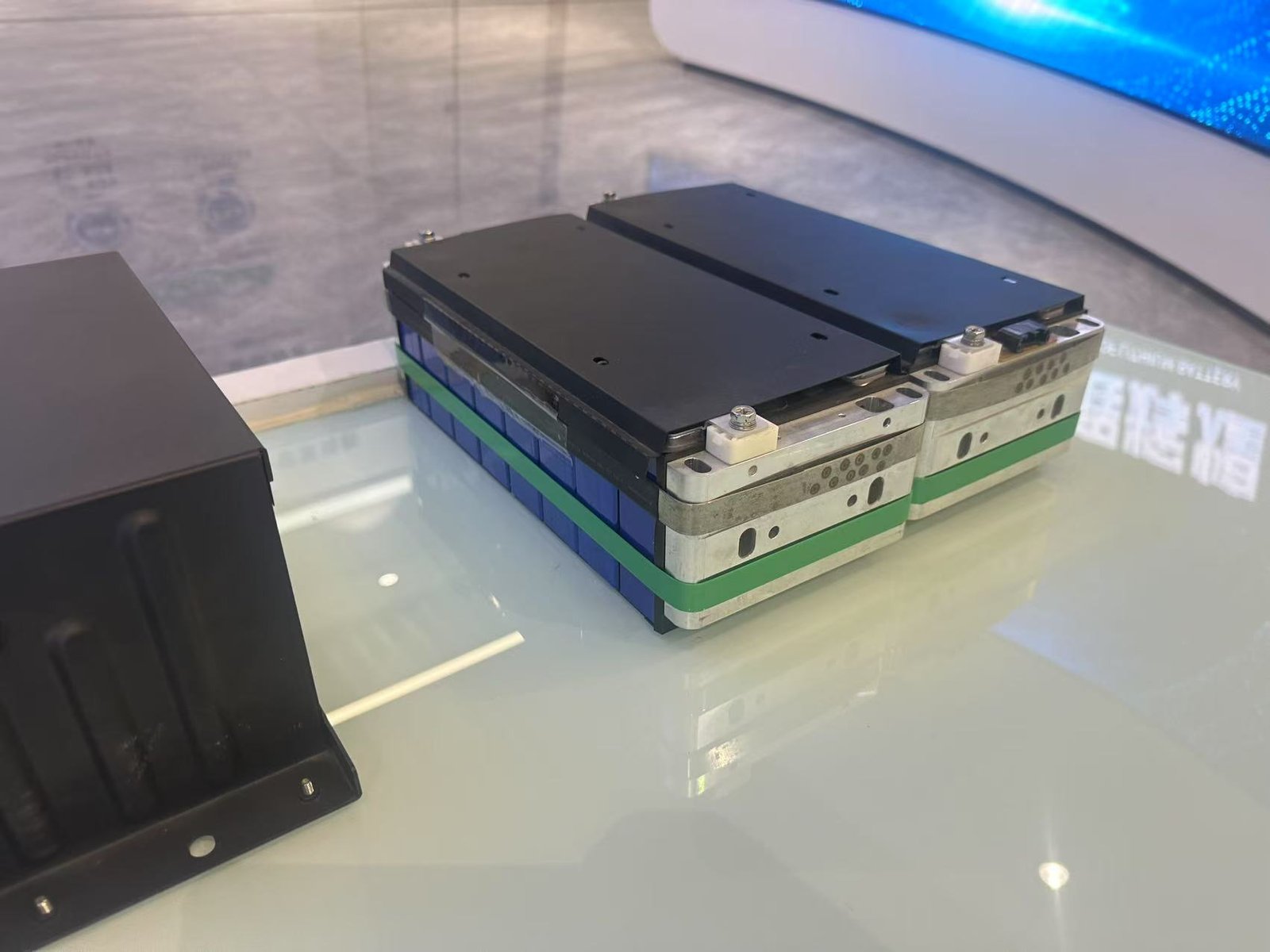Solar Battery Technology for Home Systems: What You Need to Know
•
Are you confused about choosing the right solar battery for your home? The growing variety of storage technologies makes this decision more complex than ever.
Home solar batteries store excess solar energy for nighttime use, with lithium-ion dominating the market due to superior lifespan (10-15 years) and 90%+ efficiency, though lead-acid remains a budget option.
As solar adoption grows, understanding battery technology becomes crucial for maximizing energy independence. Let's break down the key considerations for residential solar storage systems.
Lithium vs Lead-Acid: Which Solar Battery Is Right for You?
Should you pay premium prices for lithium or stick with traditional lead-acid batteries? The answer depends on your usage patterns and long-term solar goals.
Lithium batteries provide 3-5x more cycles (3000-5000 vs 500-1000), 90-95% efficiency (vs 70-85%), and require no maintenance, justifying their 2-3x higher upfront cost for most homeowners.
Detailed Technology Comparison
-
Performance Metrics Feature Lithium-Ion Lead-Acid Cycle Life 3000-5000 500-1000 DoD 80-90% 50% Efficiency 90-95% 70-85% Weight Light Heavy -
Cost Analysis
- Lithium: $700-$1000/kWh
- Lead-Acid: $200-$400/kWh
- 5-year TCO often favors lithium
-
Best Use Cases
- Lithium: Daily cycling, long-term use
- Lead-Acid: Backup only, budget systems
Pro Tip: For hybrid systems, consider pairing a small lithium battery for daily use with lead-acid for backup during prolonged outages.
Cycle Life, Depth of Discharge, and Charge Efficiency Explained
Why do battery specifications matter so much? These three factors determine your system's actual usable capacity and long-term value.
Cycle life indicates total charges/discharges (2000+ for good lithium), DoD shows usable capacity (80% for lithium vs 50% lead-acid), and efficiency affects round-trip energy loss (5-10% for lithium).
Understanding Key Specifications
-
Cycle Life Implications
- 80% capacity at end of rated cycles
- Affected by temperature and DoD
- Calendar aging also matters
-
Depth of Discharge Reality
- Lead-acid: 50% DoD = 50% usable capacity
- Lithium: 80% DoD = 80% usable
- Warranty requirements vary
-
Efficiency Calculations
Effective Capacity = Rated Capacity × DoD × EfficiencyExample: 10kWh lithium at 80% DoD, 95% eff = 7.6kWh usable
Maintenance Note: Keep batteries at 15-25°C for optimal lifespan, as extreme temperatures can halve battery life.
How Battery Management Systems (BMS) Ensure Safety and Longevity
What protects your solar battery from dangerous failures? The unsung hero is the Battery Management System - the brain behind safe operation.
A quality BMS monitors cell voltages (preventing over/undercharging), balances charge between cells, regulates temperature, and provides safety shutdowns - extending battery life by 20-30%.
BMS Functions and Benefits
-
Critical Protection Features
- Overcharge/overdischarge prevention
- Short circuit protection
- Overcurrent monitoring
- Temperature regulation
-
Performance Optimization
- Cell balancing (extends life)
- State of charge calculation
- Charge rate adjustment
-
Smart Connectivity
- Remote monitoring
- Firmware updates
- Usage analytics
Warning Signs: Frequent BMS interventions or cell voltage variations >0.2V indicate developing battery problems needing attention.
Conclusion
Modern solar batteries offer reliable home energy storage when properly selected and maintained, with lithium-ion technology providing the best balance of performance and value for most solar homeowners.






